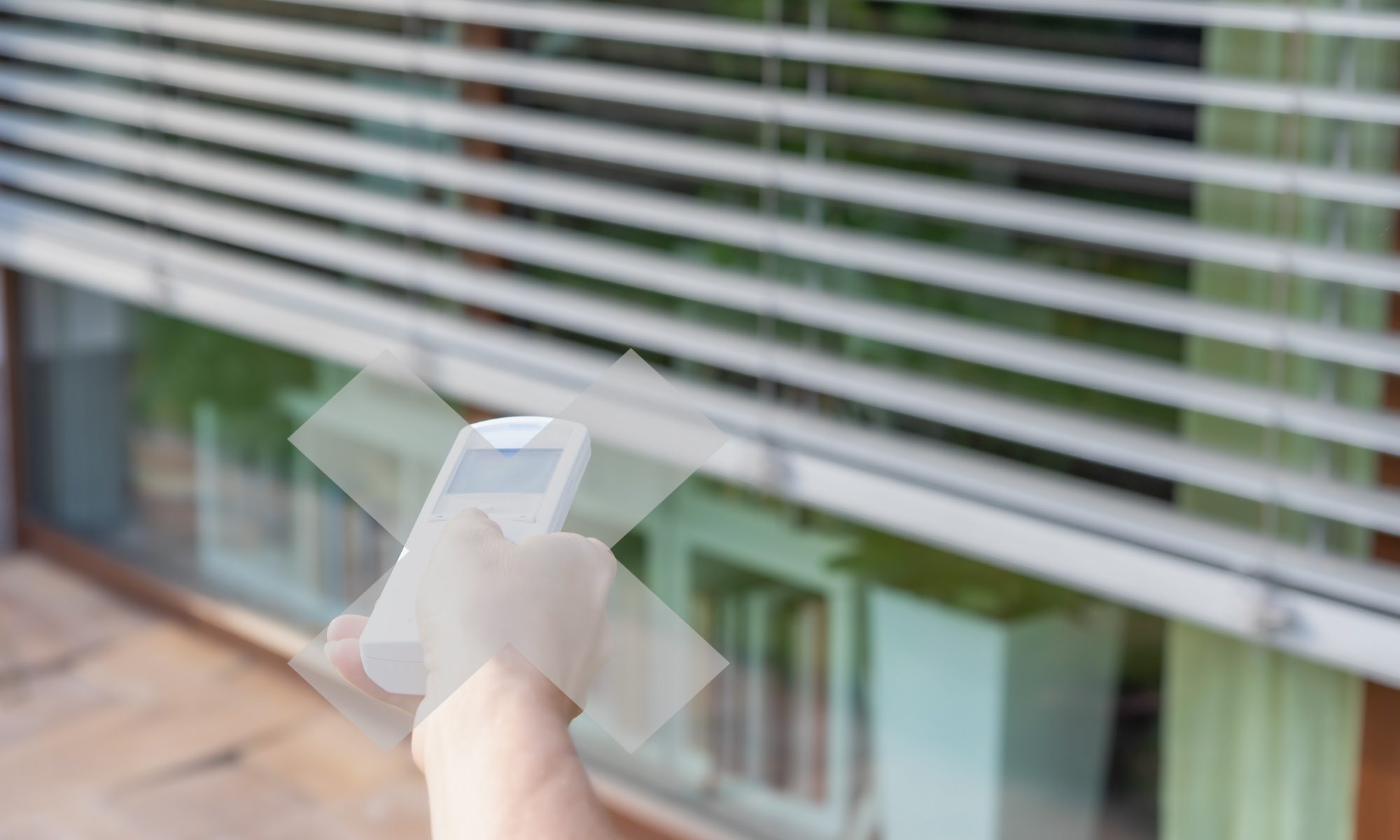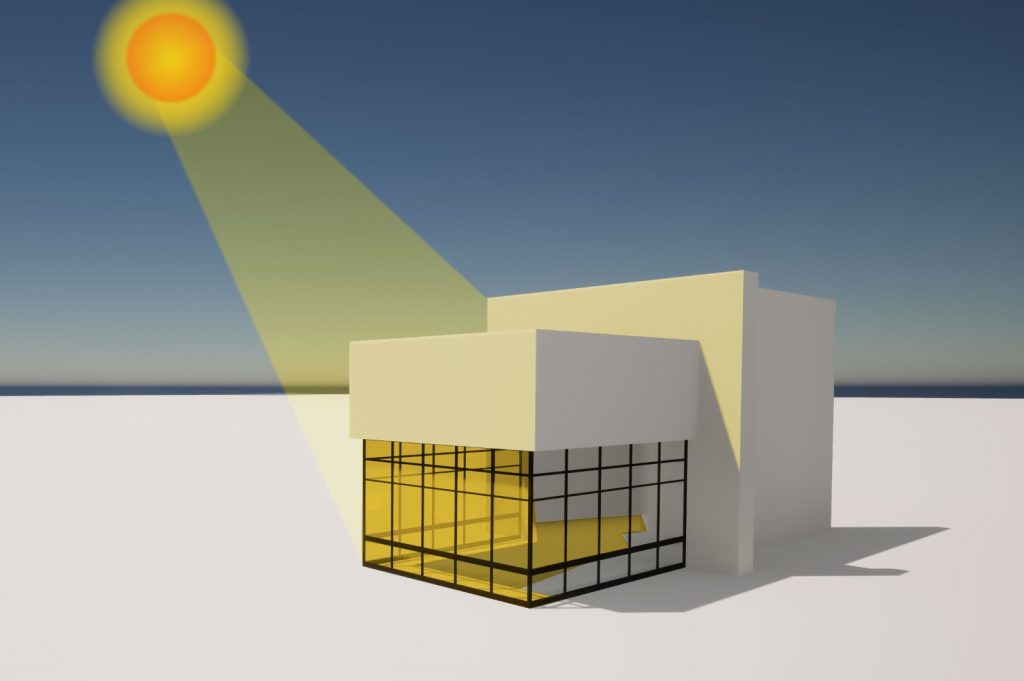For each of us, “home” means safety, comfort, peace, warmth, the perfect ambiance for us and our loved ones, the place where we relax and where we feel protected. And VIKI intelligence can help ensure and maintain the feeling of “home”, knowing exactly what the needs of the home and family members are.
One of VIKI’s most useful facilities is smart shading. And it’s not just about closing the exterior blinds / shutters when it’s hot, as it may sound. Smart shading can also provide wind protection, thermal protection of the house or protection against ultraviolet radiation, and also against burglary.
A system capable of reading and interpreting variables such as outdoor temperature, indoor temperature, desired temperature in the house, the position of the sun in the sky and the density of clouds, and then make decisions to operate shading equipment accordingly, this is the real expression of the VIKI smart home.
In other words, VIKI operates the shading systems depending on external factors, but also on the settings given by the user. The algorithm knows how to completely or partially close Venetian blinds or shutters, to protect the house from heat, cold or frost, storm, but also from potential aggressors. VIKI monitors the position of the sun in the sky and, depending on the exposure of the glazed surfaces of the house, knows when it is necessary to shade the windows, totally or partially, if the light and heat are too strong. It can also “read” and act taking into account other weather conditions, such as wind or cloud density in the sky.
In the algorithm implemented for shading there are four criteria, and the user can choose the order depending on preferences, season or pattern of the house (Home, Go, Vacation).
These are:
In summer, the smart home will protect itself from overheating, closing the blinds or exterior shutters when the sun hits directly on the windows and when temperatures are above those set by the user, thus maintaining the optimum temperature inside. Depending on the users’ preferences, but also for the plants to have enough natural light, the (Venetian) blinds can be closed only partially, in a percentage previously set in a scenario. In the evening, it will open the blinds, for ventilation – of course, if the user wants it.
In winter, the behavior changes, but the goal remains the same: thermal protection. During the day, the blinds open so that the windows absorb light and heat, and at night, they close so that the house retains the heat accumulated during the day.
Thus, exterior shutters play several roles, depending on the needs of the house, and are not necessarily related to weather conditions. The four criteria for intelligent shading can change the order of application within the algorithm, if the user wishes. For example, in summer or winter, the first criteria may be thermal protection, and VIKI will act accordingly, lifting and lowering the rollers, to maintain the optimum temperature. But when the family goes on holiday, the user can put burglar protection first, to make sure that the home will be protected during his absence.
To coordinate the movement of the blinds with the position of the sun in the sky, VIKI periodically compares the coordinates of the sun in the sky with the azimuth and altitude of the corners of each window in the house equipped with a shading system. Thus, the system determines when the sun shines directly on the window and when not. Using the data from a meteorological service provider, the algorithm determines whether or not it is necessary to shade the windows of the room, according to the layer of clouds in the sky, so that the user can benefit from the maximum comfort that his house can offer.
The image below shows how to set the VIKI system to ‘map’ the geodetic position of the window corners of a sun-exposed room, so that the shading module algorithm can analyze whether or not the sun shines directly on that window.
In this context, in the window configuration interface we have implemented a module in which the VIKI integrator or the user can define the coordinates of the windows or rather the “sun print” of the surrounding windows and objects. In other words, if the house is exposed to the sun without obstacles (neighboring buildings, vegetation) obstructing the lighting, the solar footprint of the window will be described in four points by pairs of coordinates Azimuth, Minimum altitude, Maximum altitude of sun exposure. If there are obstacles, the system can accurately define the position of objects that block sunlight, so that shading systems are operated as efficiently as possible in order to increase the time when the house has natural light, but is also effectively shaded during hot summer times, maximizing energy savings and the comfort of family members.
VIKI turns the house into a really smart one, a house where every detail is carefully planned, where no resources are lost and everything is used for the comfort of the family. Moreover, each process takes place very naturally, exactly on time, as scheduled – without family members intervening, without stress and without worries. VIKI takes care of the house in any condition, anytime, with the help of the technology behind it.




